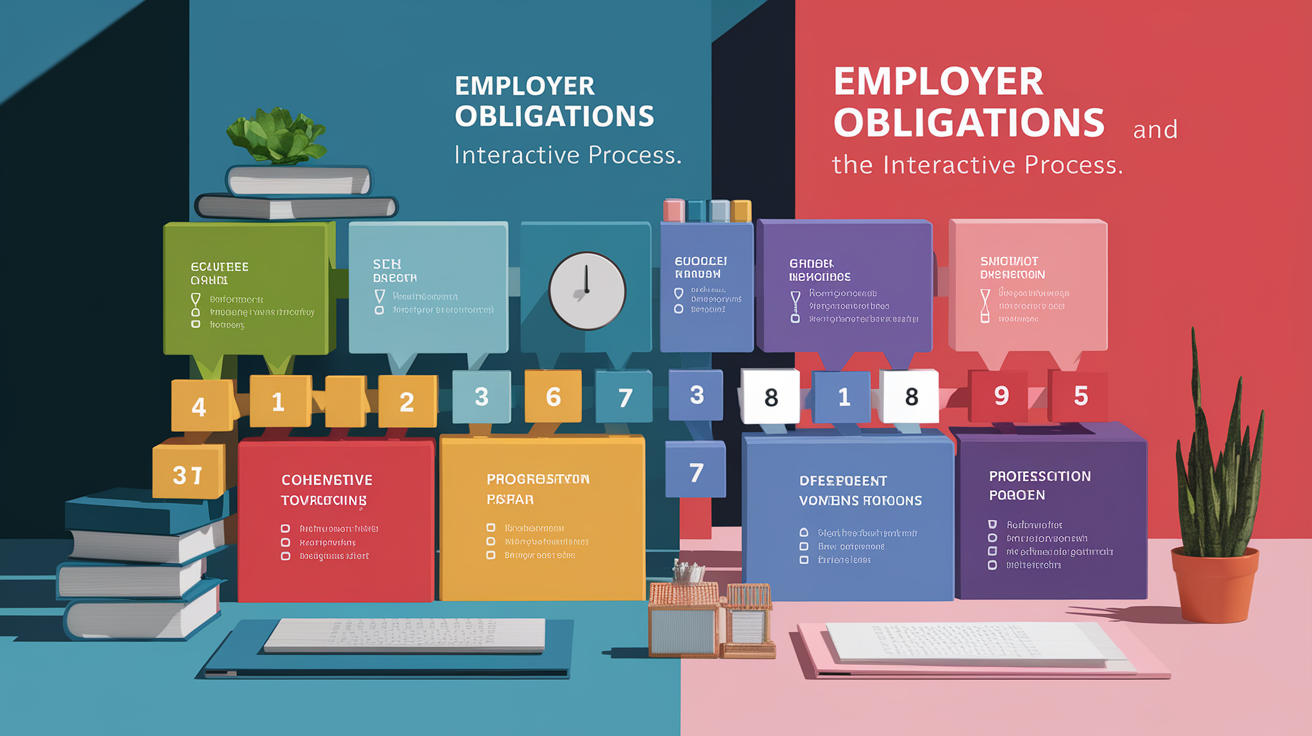Overview of ADA Workplace Accommodations
At first glance, the Americans with Disabilities Act—often called the ADA—might seem like an imposing wall of rules and legal language. But at its heart, it’s a promise: a commitment to fairness, dignity, and opportunity for people with disabilities in the workplace.

The ADA is a civil rights law that protects individuals with disabilities from discrimination in various areas, including employment. Under Title I, employers with 15 or more employees cannot discriminate against a qualified individual—someone who can perform the essential job functions with or without reasonable accommodation. This includes equal access to hiring, benefits, and workplace adjustments.
Reasonable accommodations—such as schedule adjustments, assistive technology, or modifications to job duties—are intended to remove unnecessary barriers. They are not favors; they are legal rights designed to ensure equal participation in the employment world. As outlined by the ADA’s workplace accommodation guidance, the goal is to make sure that a person’s disability is not the reason they’re excluded from opportunity.
Employee Rights under ADA Workplace Accommodations
Your rights matter. Knowing them is like having a map when entering an unfamiliar city—you understand where you can go and how to get there safely.

Under the ADA, you have the right to:
- Request reasonable accommodations to help perform your essential job functions.
- Have an employer engage in a good faith interactive process to identify suitable accommodations.
- Be protected from workplace discrimination based on disability during hiring, employment, and termination.
- Maintain confidentiality regarding your disability and any related medical documentation.
Importantly, these rights apply only when the employer is aware of your need. Without disclosure—at least to a degree—there is no legal obligation for them to accommodate you. But disclosure does not mean giving away every personal detail; the ADA restricts what employers can ask, focusing only on what is relevant to your job duties and accommodation needs.
Employer Obligations and the Interactive Process
Employers are not left guessing. The ADA provides a clear set of responsibilities—think of it as a set of guardrails to keep the accommodation journey fair for both sides.
Once an accommodation request is made, the employer must enter the interactive process. This is a cooperative dialogue aimed at removing workplace barriers without imposing an undue hardship—a legal term meaning significant difficulty or expense based on the employer’s size and resources.

Obligations include:
- Assessing the request promptly and fairly.
- Requesting only necessary medical documentation.
- Maintaining confidentiality throughout the process.
- Offering an effective accommodation, which may not necessarily be the employee’s first choice.
- Declining accommodations only when they meet the legal threshold for undue hardship or would fundamentally alter the nature of the job.
Employers do not have to provide personal-use items, such as prescription glasses or hearing aids, nor do they have to reduce quality or productivity standards for an employee.
Practical Steps for Requesting ADA Accommodations
Feeling overwhelmed about where to start? Think of it like climbing a hill—small, steady steps get you to the top.
- Identify what you need. Consider the specific barriers in your work environment and possible solutions, such as ergonomic equipment or modified duties.
- Prepare your request. While there’s no special form required under the ADA, putting your accommodation request in writing creates a clear record. Be specific about how the adjustment will help you perform essential job functions.
- Submit to the right person. Address your request to your HR department or direct supervisor, in line with company policy.
- Provide supporting documentation. If asked, supply information from a healthcare provider confirming the existence of a disability and the functional limitations—not necessarily your diagnosis—that relate to your accommodation needs.
- Engage in the dialogue. Participate actively in the interactive process, remaining flexible and open to alternative solutions.
If your request is denied, ask for the reason in writing. This can be important if you later consider a complaint to the EEOC or a similar agency.
Benefits of ADA Compliance and Best Practices
Compliance isn’t just about legal checklists—it’s about building a bridge toward a more inclusive workplace culture.
For employers, ADA compliance often results in:
- Higher employee retention—studies show that inclusive workplaces experience up to 89% higher retention rates among employees with disabilities.
- Increased productivity, as tailored tools and adjustments remove performance barriers.
- Improved company reputation, enhancing recruitment and public trust.
Best practices include:
- Proactively reviewing workplace policies for accessibility gaps.
- Providing training to managers on recognizing and responding to accommodation requests.
- Documenting the interactive process thoroughly to ensure transparency and consistency.
- Regularly updating assistive technology and facility modifications to keep pace with innovation.
Ultimately, reasonable accommodations are much more than a regulatory requirement. They’re the practical expression of workplace equality. And when both employees and employers approach them with knowledge, openness, and respect, the result is a work environment where everyone can climb the mountain—with the right gear for the journey.















